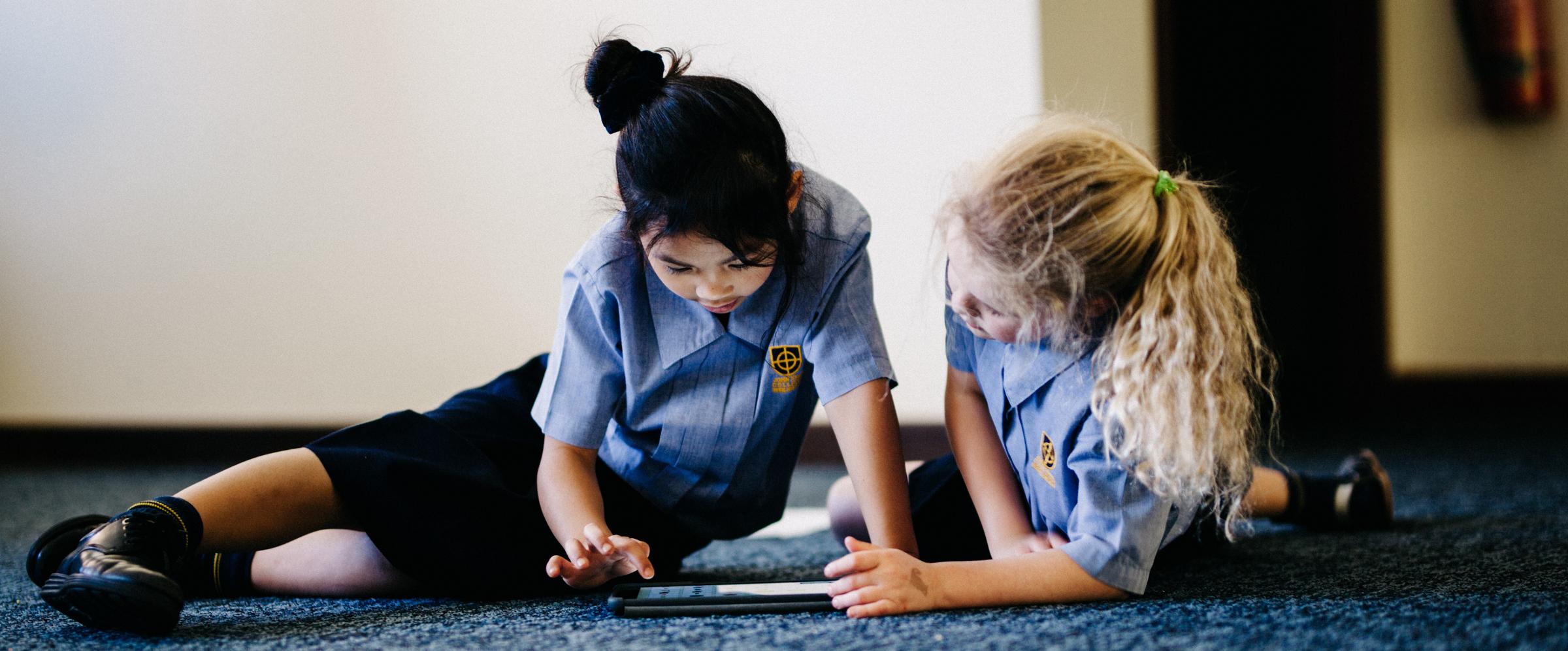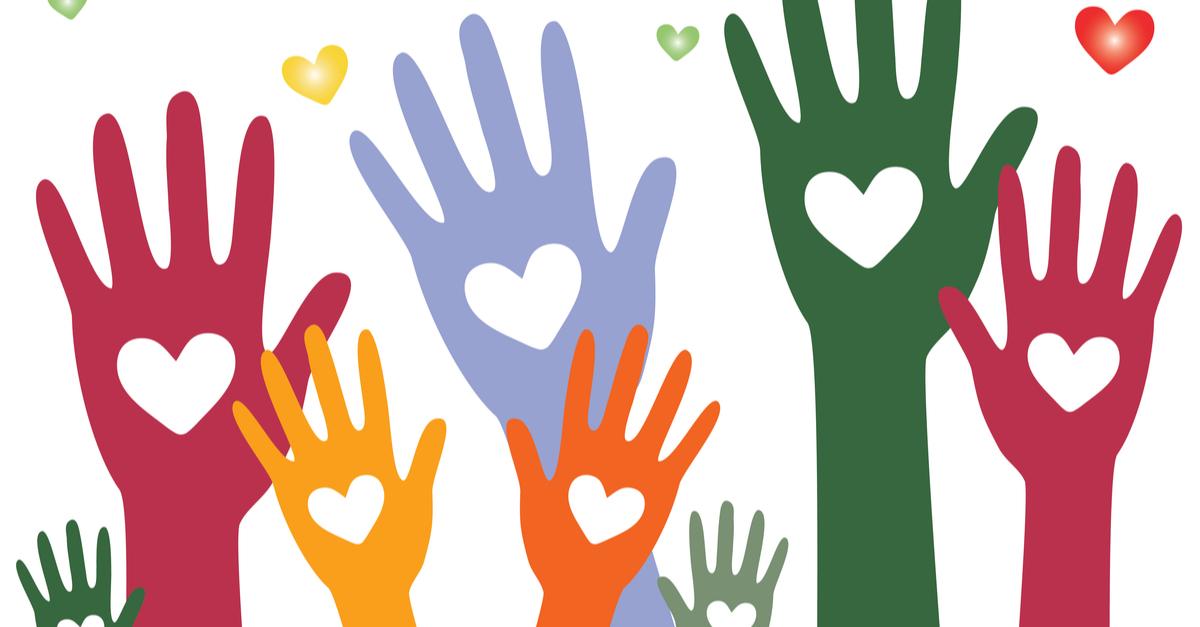Family Zone & Cyber Safety

Download Family Zone
Make use of the Family Zone Accounts which we are offering to John XXIII College families for free, as part of our College contract negotiations until 2020.
By setting up a private Family Zone account, you can apply age-appropriate parental controls on every device your child has access to, in any location. To find out more visit https://www.familyzone.com/johnxxiii-wa
Teach your child to be an "upstander" to bullying - not a "bystander" - with these 5 simple steps
Written by Family Zone Team
The unthinkable just keeps happening, as more and more children take their own lives after merciless bullying on social media. What can any of us do to stop the horror?
In Pretoria, South Africa last month, a Year 7 threatened to distribute an embarrassing picture of a Grade 6 peer on WhatsApp. After a week of bullying, the younger child suicided.
Perth schoolgirl Rochelle Pryor, 14, sent friends this message, shortly before her father found her unconscious in her bedroom on New Years Day:
“Once I’m gone, the bullying and racism will stop.”
A year ago, almost to the day, Queensland schoolgirl Amy “Dolly” Everett, also aged 14, ended her life under similar circumstances.
Suicide is a complex act, and it would be a drastic oversimplification to suggest that social media “caused” these tragedies, observes psychologist Jordan Foster.
But both cases highlight the potential of cyberbullying to destroy confidence, shred self-esteem and - in extreme cases - push victims to despair, with catastrophic outcomes.
Yet Foster notes the research is clear that support from bystanders can reduce or even eliminate the fallout from bullying - and prevent a tragedy from happening.
The question is, how?
The Bystander Intervention Model was developed by researchers to outline the five steps that lead bystanders from passive onlookers to active defenders in the offline world. Today, that model is being adapted for the realities online harassment as well.
Step One: Notice the event
It may seem self-evident that bullying needs to be noticed before it can be called out. If only! The typical teen has over a thousand “friends” or followers on social media - generating hundreds if not thousands of posts every day.
The sheer weight of information encourages mindless scrolling. But it’s mindful scrolling that’s necessary in order to notice harmful or harassing comments.
Just as adults can tend to turn the page to avoid reading about a disturbing tragedy in the news, children may be inclined to skim past unpleasantness online.
Make this a talking point with your children, without blame or shame. Your aim is to raise their consciousness about “noticing” - not scold them.
Step Two: See it as a matter of urgency
Sometimes an emergency is obvious. Someone’s life is clearly, or likely, at stake. Young Rochelle’s heartbreaking post “Once I’m gone, the bullying and racism will stop” is a clear example.
But in most cases of bullying, it’s more a case of the target’s emotional wellbeing that’s heading for a crisis. For young people, any situation that poses a serious threat to their place in the peer group can legitimately be framed as an urgent matter.
That said, the online world can be a hectic place for children. If kids intervened whenever and wherever they detected nastiness online, they might have time for little else. The ages-old advice to “pick your battles” is as relevant on social media as it is IRL (in real life).
Step Three: Take responsibility for helping out
The conviction that other people’s troubles are not our business runs deep. Again, this is not something that is unique to children. It’s an attitude that many adults hold too of course - and we are often guilty of overtly passing it on to our kids. Often, we do so in the misguided belief that by “interfering” we are protecting the privacy of others.
But becoming a defender means reframing those assumptions. “Help” is not “interfering” - it’s responding to the needs of another in an ethical and responsible manner. We need to teach our kids that they have an obligation to help, wherever they see a friend or acquaintance under threat online.
Step Four: Choose an appropriate intervention
This can be a tricky one for children and teens, because the wrong approach can backfire and actually inflame the situation. Engaging in a slanging match with bullies may be tempting, but it rarely shuts the bad behaviour down.
Often the best approach for defenders may be to support the target rather than engage the bully head on. In other cases, it might be reporting the content to the moderator of the site or app where the bullying is taking place. In still others, unkind comments that have the potential to grow into full-blown bullying can be nipped in the bud.
Encourage your children to talk to you, and if appropriate their teachers, about an effective intervention. And in situations where a child target has posted disturbing thoughts of self-harm, make sure your kids know they can come to you for advice without fear of reprimand or judging.
“Many young people don't know what to do in situations where a friend or student has expressed intent to cause harm to themselves,” Foster observes. She recommends apps like “Check-in” by Beyond Blue and the ReachOut website as resources for older children.
Step Five: Carry out the intervention
Planning to stand up for a friend is great first step. But nothing can change unless the plan is actually carried out! Good intentions can often lose steam in the rapid fire of social posting.
Do your kids feel stuck between knowing what the right thing to do is, and actually doing that thing? That's evidence that they’re only human. Again, your best strategy for helping them become defenders is to make sure they trust you enough to come to you for help and support when they need it.





